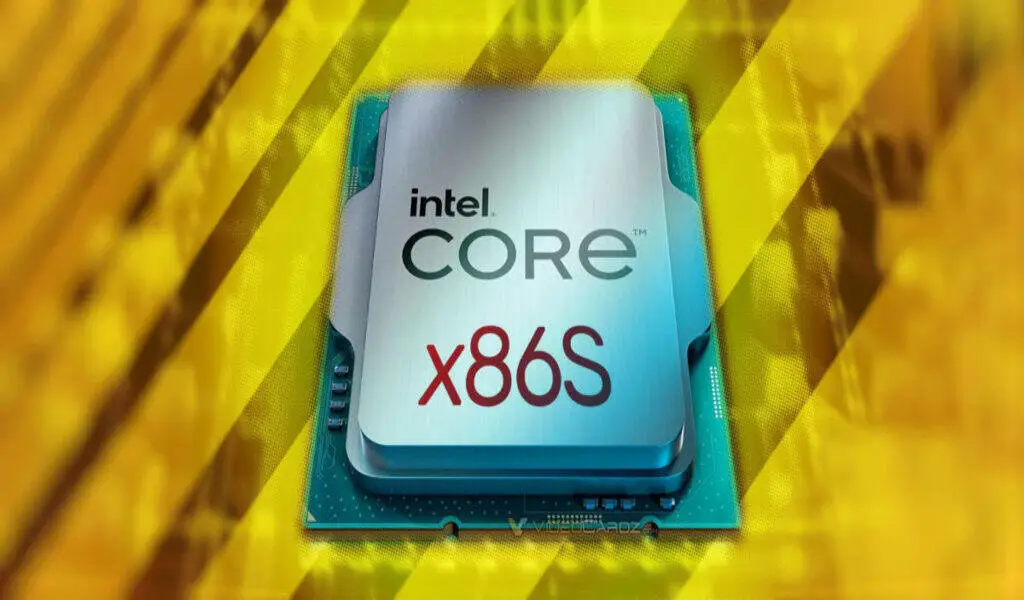(CTN News) – There is an excellent chance that most gamers switched to Intel’s 64-bit architecture years ago because 32-bit operating systems could not handle more than 4GB of memory on their systems.
There are a lot of modern software applications that no longer support 32-bit CPU architectures, such as Windows 11, for example. It is important to keep in mind that older systems may still be supported by the hardware.
It is Intel’s view that removing the support for 32-bit and 16-bit modes is an opportunity for upgrading to a 64-bit architecture only, since Intel sees an opportunity in removing both.
There has been a suggestion from the company about something called “x86S” which is a new architecture design that removes the unnecessary legacy modes and should lead to faster systems in the future through the removal of unnecessary legacy modes.
X86S architecture would have the advantage that it would be possible to boot the CPU faster, since the unpaged legacy mode would not need to be used during booting, one of the key benefits of x86S architecture.
It is important to note that converting to x64 architecture only removes ‘several stages of trampoline code that had been used to enter 64-bit operation’.
According to Intel, there are several advantages to using only x64-bit architectures:
For 32-bit applications, 64-bit segmentation is used to support segmentation, which is similar to what is already used by modern operating systems in order to support segmentation.
-
Removing ring 1 and 2 (which are unused by modern software) and obsolete segmentation features such as gates would make the software run more efficiently.
-
Support for 16-bit addressing has been removed.
-
I/O port accesses to ring 3 I/O ports have been removed from support.
-
We have removed string port I/O, which used to support an outdated model of I/O driven by the CPU.
-
It is necessary to limit the use of local interrupt controllers (APICs) to X2APIC and to remove the legacy support for the 8259.
-
The removal of some unused operating system mode bits has been performed.
As a result of this transition, legacy operating systems wouldn’t be removed outright from support. Intel has made progress in developing virtualization techniques that can still allow legacy software to be booted in the future, as the company states in a post on their blog.
A whitepaper (PDF) explaining how it would work can be found here.
SEE ALSO:
WhatsApp’s Web Version Has Undergone 2 Changes
From Zero To Viral: How TikTok Pulse Can Catapult You To Social Media Stardom!!






